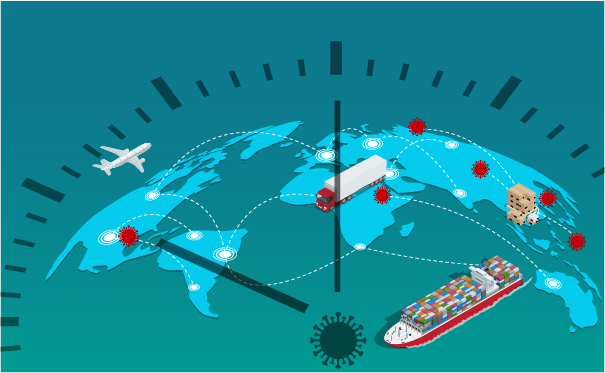Forecasting Beyond the Clouds: How GovCons Can Plan for a Bright Future by Tracking the Right Metrics
Small and medium businesses (SMBs), defined as those with under $25 million in annual revenue, are the economic backbone on which our nation depends. Every state in the union and members of every community have a vested interest in and depend on the success of small and medium businesses. To plan for success, businesses utilize forecasting. Forecasting employs past data to make educated predictions about future trends. Companies use this method to decide on budget allocation or prepare for expected costs in upcoming periods, usually influenced by the anticipated demand for their products and services.
How important is forecasting for SMBs to our nation’s overall economic health and security? Very. This is emphasized further when the focus is narrowed to GovCon SMBs. Their success- or failure- is shared and felt among our nation’s citizens.
“Above all, the forecaster’s task is to map uncertainty, for in a world where our actions in the present influence the future, uncertainty is opportunity.” Paul Saffo
Events over the last several years have allowed ample opportunity for business managers and executives to navigate uncertainty. Indeed, even the concept of certainty seems quaint among GovCons when the US has lost 30% of its defense industrial base (DIB) over the last 10 years, as shared by Isabella Guzman, administrator for the U.S. Small Business Administration (SBA). Forecasting for non-GovCons may include Sales Revenue, Cost of Goods Sold (COGS), Gross Margin, Operating Expenses, Interest and Tax Expenses, Capital Expenditures, Inventory Levels, Accounts Receivable and Payable, Cash Flow, Market Trends and Economic Conditions, Workforce Needs, New Projects and Investments, Break-even and Risk Analysis.
There are abundant challenges for GovCons to consider when forecasting in addition to the lengthy list above that are unique to them due to specific operational, regulatory, and financial environments:
Regulatory Compliance and Changes: GovCons must anticipate and plan for changes in government regulations, which can affect everything from contract bidding to execution.
Budget Cycles and Funding Fluctuations: Government budgets are subject to political processes and fiscal cycles, leading to fluctuations in funding availability. They must have an understanding of the government’s budgeting process, the timing of appropriations and the (frustrating) potential for shutdowns.
Contract Types and Payment Schedules: GovCons deal with a variety of contract types (e.g., fixed-price, cost-reimbursement, time-and-materials) each with its own financial and performance risks. Forecasting must account for the specifics of these contracts, including payment schedules, performance milestones, and risk of adjustments.
Bid and Proposal Efforts: Forecasting in GovCons must include the costs and timelines associated with preparing bids and proposals, as well as the probability of winning contracts.
Long-term Contracts and Lifecycle Management: Many government contracts are for long-term projects that can span several years. Forecasting needs to account for the lifecycle management of these contracts, including potential modifications, maintenance, and operational support.
Security Clearances and Classified Work: Projects requiring security clearances or involving classified information add layers of complexity to forecasting. This includes considerations for personnel clearances, secure facilities, and IT infrastructure.
Public-Private Partnerships and Joint Ventures: GovCons often engage in public-private partnerships or form joint ventures to pursue contracts. Forecasting must consider the dynamics and obligations of these partnerships, including shared risks and revenues.
Market and Political Environment: The demand for government contracting services can be influenced by political priorities, geopolitical events, and changes in policy. Forecasting in this sector requires a deep understanding of these external factors and their potential impact on contract opportunities.
Technology Adoption and Innovation Cycles: Government contracts may involve cutting-edge technology or require adherence to specific technical standards. Forecasting must factor in the costs and timelines for research and development, technology adoption, and potential innovation cycles.
Don’t Miss the Shifts
Are there additional critical areas that GovCon’s should track into the future for their businesses to succeed in a climate of such uncertainty for sake of national security? Yes. As a business that provides compliance, information technology, and business consulting, we have insight into some areas that should be tracked now by GovCons that are often missed.
Survey Says: GovCons are Up at Night
In truth, executives are kept up at night by several issues regarding their companies that are unique to GovCon businesses. The GAUGE 2023 Report, by Unanet and CohnReznick, gathers information from 1,180 survey responses from a variety of government contracting professionals. 60% of respondents were in a C-Suite or Controller role, and more than half of the respondents were small and mid-sized businesses.
Read More »








